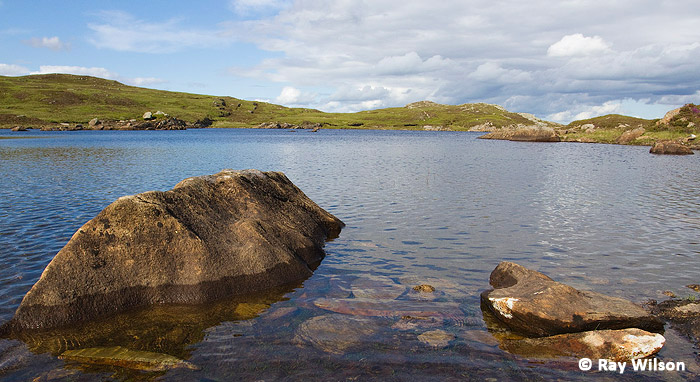
- Home
- Photography Tours
- Diary / Blog
- Galleries
- Foreign Trips
- Tasmania 2016
- NE Queensland 2016
- Western Alps 2016
- NE Spain 2016
- Australia's Wet Tropics 2015
- Australia's Top End 2015
- SW Australia 2015
- Switzerland 2015
- Andalucia 2015
- Belize 2015
- Australia 2014
- Switzerland 2014
- Belize 2014
- Bahama Islands 2014
- Switzerland 2013
- Ecuador 2012-2013
- Florida 2011-2012
- Vancouver Island 2011
- Australia 2010
- Peru 2008
- Bulgaria 2007
- Lesvos 2006
- California 2006
- New Zealand 2005
- Extremadura 2005
- Goa, India 2004
- The Gambia 2003
- About
July 2010
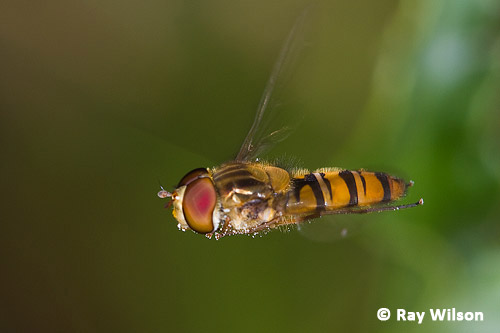
male Episyrphus balteatus - Long Eaton, Derbyshire
I thought I would start this month's selection of photos with a few shots of one of my favourite groups of insects - hoverflies. They are slightly easier than most insects to capture in flight due to their amazing ability to hover perfectly stationary for long periods of time. Males perform these precision displays of their flying skills to impress the females and also to stake out their territories. Individuals who are able to hold station for the longest time without allowing air currents to affect their spacial position are more likely to hold the best territories and attract the most females.
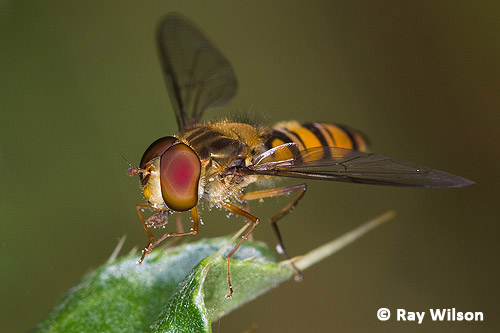
male Episyrphus balteatus - Long Eaton, Derbyshire
Hoverflies are, on the whole, very beneficial insects. Adults are very important pollinators since they frequently visit flowers to drink the sugary nectar they require to maintain their strength for their energy-hungry flight displays. Also, the larvae of many species are important agents of biological pest control. For example, the larva of the species shown above is a voracious predator of aphids.
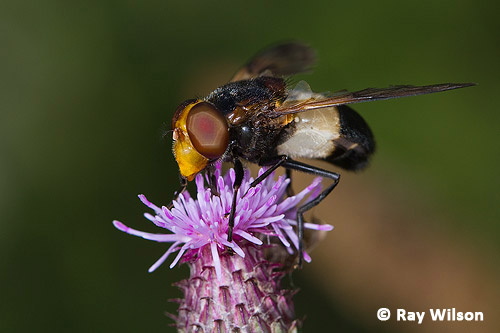
Volucella pellucens - Long Eaton, Derbyshire
The large, distinctive, wasp-mimic Volucella pellucens has the ability to walk straight into social wasp nests to lay their eggs without being attacked. The larvae live and develop inside the wasp nest, feeding as scavengers on discarded prey items, nest detritus and, if it can get away with it, untended wasp larvae.
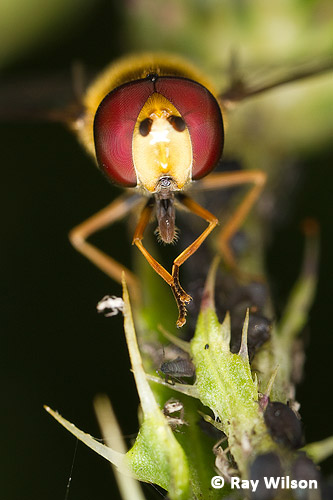 Syrphus sp. |
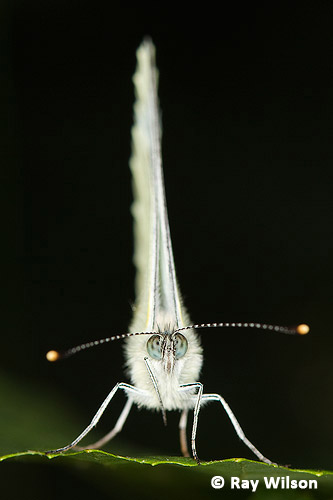 Green-veined White (Artogeia napi) |
The hoverfly shown above left was cleaning its front legs and proboscis after feeding on the honeydew secreted by the aphids infesting the thistle stem.
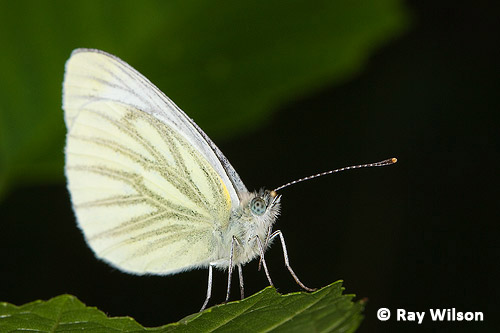
Green-veined White (Artogeia napi) - Long Eaton, Derbyshire
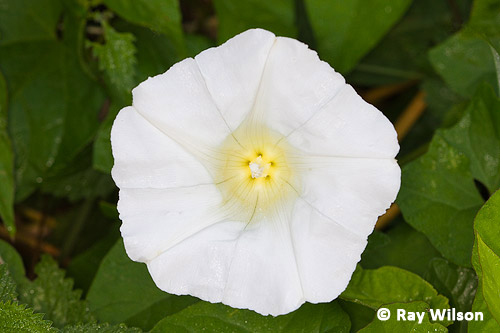
Large Bindweed (Calystegia silvatica) - Long Eaton, Derbyshire
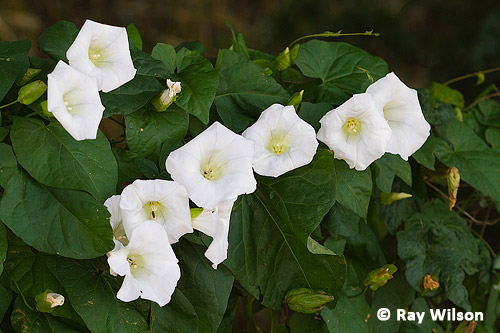
Large Bindweed (Calystegia silvatica) - Long Eaton, Derbyshire
In the middle of the month I went down to Swansea for my best friend's wedding and managed to find a little time to photograph the Med Gulls down at Bracelet Bay. They are starting to become so common there that they now outnumber the Black-headed Gulls! Shame it was so cloudy. The photos would have looked so much better against a blue sky...
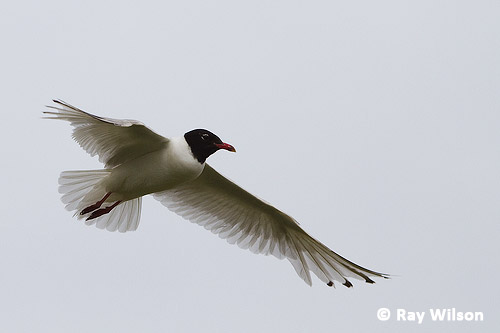
second-summer Mediterranean Gull (Larus melanocephalus) - Swansea, West Glamorgan
The individual shown in the two photos shown here is still showing a large amount of black on the outer primaries, aging it as a second-summer. Full adults have black only on the vane of the outermost primary...apart from its head of course!
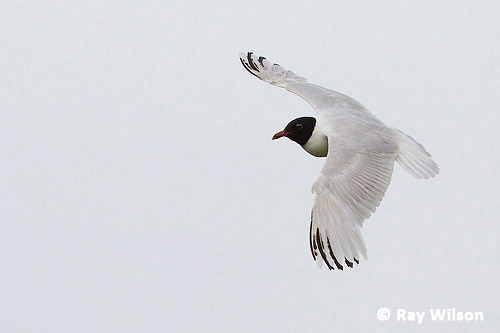
second summer Mediterranean Gull (Larus melanocephalus) - Swansea, West Glamorgan
Llyn y Foel, Snowdonia, Wales
Ray Wilson owns the copyright of all images on this site.
They may not be used or copied in any form without prior written permission.
raywilsonphotography@googlemail.com
